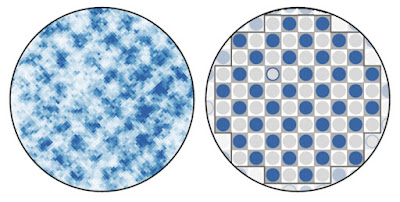https://igg.me/at/TheThreeBrothers
"The Three Brothers" is inspired by a folktale from a small African village. Help us bring that story to a screen near you.
The adventures of "The Three Brothers" entertain and educate. Our characters are 18, 15 and 12 and a half. They come from a culture where magic is an everyday reality and technology is an increasing part of life.
Since elementary school, I've wanted to see more animated African stories on TV and in theaters. And I don't mean talking animals. You may think this is obvious, but civilized people populate Africa. They are flesh and blood, serious and funny, laborer and professional just like you and me. So why does the dark and primitive stereotype persist in America? Because too few people have invested the time, energy and money needed to produce films and TV shows that reflect the many African cultures.
That is, until now.
Please spread the word and add your support to the campaign: https://igg.me/at/TheThreeBrothers
Folklore is vital and varied. Parables, riddles, legends, and folktales define cultures and help young people learn right from wrong, their place in the environment and how to solve problems.
Sincerely,
Robert Penn, Creator of "The Three Brothers" and the development team at 3 Degrees Films
P.S.
I've been a member of Black Science Fiction Society for several years. This is my first blog post. It announces a project that I've been working on since 2007 when I made my first of two trips to a remote section of Sierra Leone, West Africa. A traditional storyteller told me a riddle, which he left unanswered. He requested that I write it down and make it my own. I did that, initially in prose and later as a screenplay. Around 2011, I met Lightning Yumeku, an animation producer, for unrelated reasons. Subsequent to the completion of the other project, Lightning, who is also American but legally changed his name, asked if he could read some of my work. I shared “The Three Brothers” screenplay with him. After reading it, he suggested that I develop it as a family-oriented 30-minute animated series. I developed the primary characters - including the titular brothers Bala, Mamoun and Saiya Mansaray, and the villain Sumaro, who lives in two worlds, as well as secondary characters such as Mr. and Mrs. Mansaray, the chief and elders of their village, and the classmates of Mamoun and Saiya who are still in school. I also prepared a springboard for 72-episodes. In 2015, I entered into a development deal with 3 Degrees Films, the animation company Lightning founded. Last year, Lightning brought on a character designer and a background designer. They've done amazing work! As a result of our development meetings, I've added 4 episodes to the front end of the springboard. That is the four-part miniseries that will introduce the characters, their world, their main challenges and set the young men on the paths they’ll follow throughout the series.










